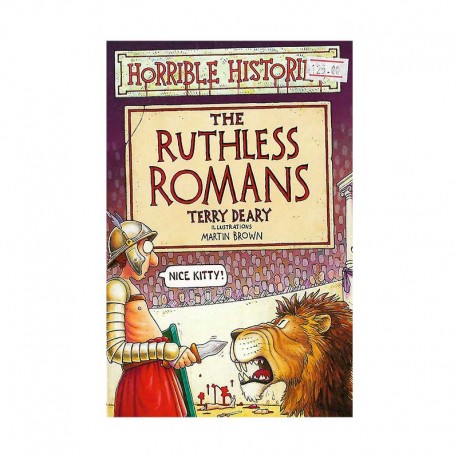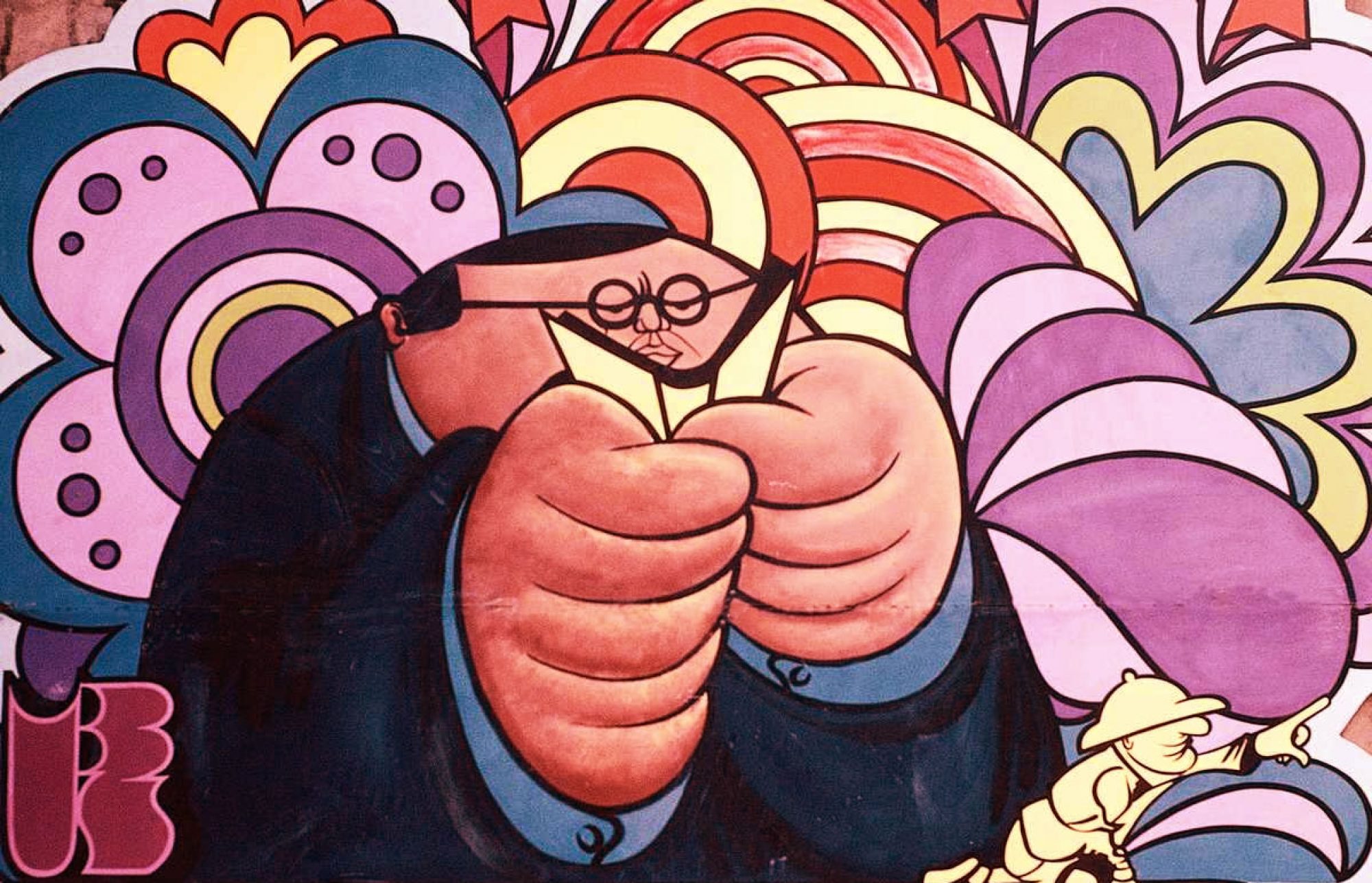The Fire & the Rose, by Sir Arthur Bryant
In his foreword to this brilliantly written book the author, one of England’s most distinguished historians, writes: “”There are timeless moments when the history of a nation, sometimes of mankind itself, turns on what, in a few hours, days or weeks, men can make of the time given them.”” Nine of these “”timeless moments”” in English history, when “”men were pitted against time and one another,”” make up the book. All were chosen by the author from his own works; all have been told many times, but seldom as vividly as here. “”The Holy Blissful Martyr”” retells the story of the battle for legal power between Henry II, who established English Common Law, and Thomas Becket, Archbishop of Canterbury, which ended in 1170 with Becket’s murder. “”The Grey Goose Feather,”” the tale of the English victory over the French at Crecy in 1346, includes a fascinating description of the secret weapon of the day, the English longbow, its arrows plumed with goose feathers from village geese. Other essays tell of “”The Hurling Time,”” the Peasant Revolt of 1381 under Wat Tyler; the escape of Charles II to France in 1651 after the battle of Worcester; and five tense moments in the Napoleonic Wars: the naval mutinies of 1797 at Spithead and the Nore; the timeless moments of Nelson’s victories at the Nile and Trafalgar; the long-drawn-out heartbreak of the British retreat to Corunna in Spain under Sir John Moore in 1808; and finally, the day-long moment, forever timeless, of Waterloo. A book for all historians, students, and general readers not only interested in the English past but also the present use of the English language as it should be written.
( Courtesy of KIRKUS )
*** please note, available herein, that this revised edition contains two additional chapters: The Rising In The North 1842, ( Dark Satanic Mills ) ; and, The Summer Of Dunkirk 1940.
Plotting and Chopping, Tudors and Stuarts with a few gory bits, by Scoular Anderson

The Ruthless Romans, by Terry Deary, illustrations Martin Brown

Wilbur H. Morrison, Point Of No Return
The story of the Twentieth Air Force is the story of the B-29 Superfortress and of strategic air power. When General Hap Arnold was made chief of the new Army Air Corps, classical army thought was that aircraft should support ground troops. General Billy Mitchell had already been hounded out of the service for bombing some target ships to show the navy that bombers have strategic uses. Nonetheless, Arnold and his boss General Marshall concentrated on developing a bombing plan that would allow for the strategic destruction of Germany from the air without need for a manned invasion of the Continent. Suddenly we were attacked by Japan and the design of the new B-29 became Arnold’s hottest concern. He ordered $3 billion worth of B-29s right off the drawing board even before a model had been made. Problems grew: the engines tended to catch fire, and when the plane was shipped to India for strikes against Manchuria and Japan, the Indian heat made the engines catch fire even more easily. (All B-29s went to the Pacific, none to Germany.) Every mission faced terrific attrition just from malfunctioning. On the B-29s’ first run ever, over railway shops at Bangkok, only 77 out of 112 scheduled bombers actually released their bombs, and few of those hit their targets. Even when the brilliant General Curtis LeMay, an experienced bomber strategist, took over the ChinaIndia command, the results were not spectacular; but eventually he came to plan the bombing of Japan and might, Morrison contends, have ended the war without the A-bombs or an invasion. Among the best accounts of tactics and air hardware in the Pacific war, and distinctly readable.
( Courtesy of Kirkus Reviews, 262 pages )
Tom Wolfe, The Right Stuff
Back To The Front, an accidental historian walks the trenches of world war 1, by Stephen O’Shea
World War I is beyond the memory of almost everyone alive today. Yet it has left as deep a scar on the imaginative landscape of our century as it has on the land where it was fought. Nowhere is that more evident than on the Western Front-the sinuous, deadly line of trenches that stretched from the coast of Belgium to the border of France and Switzerland, a narrow swath of land in which so many million lives were lost.
For journalist Stephen O’Shea, the legacy of the Great War is personal (both his grandfathers fought on the front lines) and cultural. Stunned by viewing the “immense wound” still visible on the battlefield of the Somme, and feeling that “history is too important to be left to the professionals,” he set out to walk the entire 450 miles through no-man’s-land to discover for himself and for his generation the meaning of the war.
Back to the Front is a remarkable combination of vivid history and opinionated travel writing. As his walk progresses, O’Shea recreates the shocking battles of the Western Front, many now legendary-Passchendaele, the Somme, the Argonne, Verdun-and offers an impassioned perspective on the war, the state of the land, and the cultivation of memory. His consummate skill with words and details brings alive the players, famous and faceless, on that horrific stage, and makes us aware of why the Great War, indeed history itself, still matters. An evocative fusion of past and present, Back to the Front will resonate, for all who read it, as few other books on war ever have.
( from the sleeve, 205 pages )

